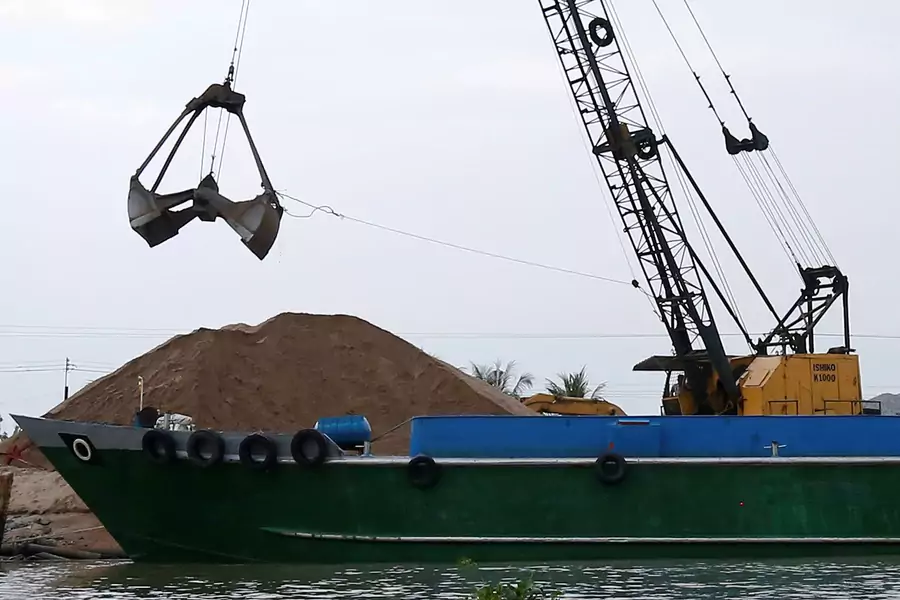Last Days of the Mighty Mekong: A Review

More on:
By Nicholas Borroz
The Last Days of the Mighty Mekong, by Brian Eyler, director of the Southeast Asia program at the Stimson Center, takes the reader on a journey from glaciers in China to rice fields in Vietnam, stopping along the way in Cambodia, Laos, and Thailand. The book describes how unsustainable human society’s current relationship is with the Mekong, which he defines not just as a river but as a complex ecological system that includes glaciers, lakes, deltas, and other smaller rivers in the region. The Mekong is important globally in terms of biodiversity—thirteen times more fish are caught annually from the Mekong than from all of North America’s lakes and rivers combined. It is also important strategically—the Mekong starts in China and flows through mainland Southeast Asia, an economically dynamic region where Beijing is increasingly the dominant external power. The Mekong has become increasingly important to trade as well, as the river has been made more navigable (controversially) through efforts by China to dredge rapids and remove rocks, among other strategies.
Eyler demonstrates, through a mix of anecdotes and analysis, how economic development projects that fail to consider ecological consequences are, ultimately, unsustainable—such projects increasingly threaten the long-term health of the river and its basin. In the context of the Mekong, he shows, the impact on the river can occur locally, when a Cambodian fishing community for instance overfishes and depletes fish stocks, thus destroying its livelihood. It can happen on a national scale—for instance, when the Vietnamese government builds water management infrastructure that interrupts sedimentation distribution cycles, thus undermining the national agricultural sector the infrastructure is supposed to support. This damage also can happen on a regional scale. Thailand’s energy demands, for instance, are one reason for dam-building in Laos, and these dams ultimately damage biodiversity both in Laos and Thailand.
Eyler shows that unsustainable economic development is destroying both the Mekong’s biodiversity and also the ways of life of communities along and near the river. Eyler cites numerous indicators that biodiversity is on the wane, such as declining Mekong Giant Catfish populations and the changing compositions of cyprinid harvests. To explain the community destruction threat, he provides numerous sobering examples, particularly in China and Cambodia, of ill-designed relocation programs that have hurt displaced communities’ societies and economies.
Although all of the countries in the Mekong basin have, in various ways, undermined the river’s long-term viability, Eyler places the most blame on China for the Mekong’s dire future. As he notes early in the book, the Chinese model of economic development “is defined by top-down, investment-led capitalism at the expense of protecting communities and natural biodiversity.” At the end of the book, he circles back to his core claim, after reviewing a mountain of evidence, and reaffirms that China’s model of development is the Mekong’s biggest threat. Not only does dam-building in China (where the river is called the Lancang) disrupt the Mekong further downstream, but Chinese outbound investment and tourism to Southeast Asia potentially lead to harmful economic development projects in other countries.
Eyler implies that economic development projects—which often proceed in the Mekong basin after weak or nonexistent environmental impact studies—must do much more to consider potential ecological and societal consequences before they are approved by regional governments. Only in this way, he notes, will the region’s states avoid catastrophe for the river basin. He provides a few examples of relatively sustainable economic development in the river basin. He does not, however, propose a clear, concrete plan for how states—either upstream China or downstream less powerful states—can enforce this shift. Nor does he explain how the region could more broadly avoid greater long-term damage to the health of the river and the people who depend on it. Perhaps he does not offer further recommendations because he sees little reason to believe China will reconsider the ecological and societal consequences of its dam-building activities, or seriously consult other stakeholders in the Mekong basin.
Nicholas Borroz is an international business doctoral candidate at the University of Auckland.
More on:
 Online Store
Online Store